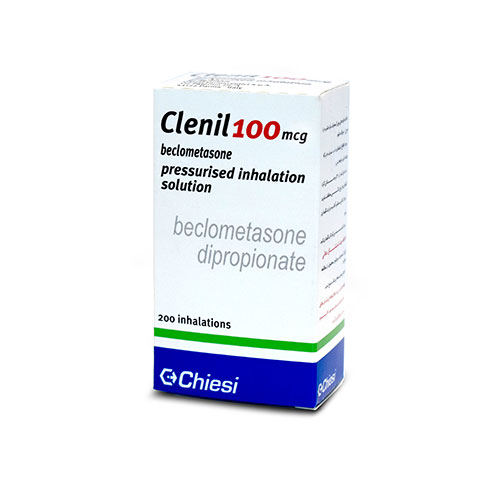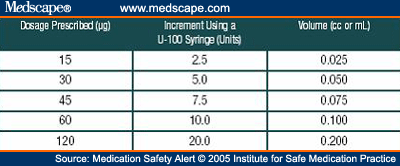

Therefore, monitoring VPA concentrations during therapy is important in order to provide the physician with an indicator for adjusting dosage. Moreover, co-administration of other anti-epileptic drugs can significantly affect VPA metabolism. Pharmacokinetics of VPA are highly variable, depending on the form of the drug and route of administration, as well as individual variations in volume of distribution, metabolism and clearance. Rare occurrences of hepatic failure, Reye-like syndrome, pancreatitis or thrombocytopenia are thought to be individualized reactions unrelated to drug levels. Some incidences of tremor, coma or stupor have been noted these often occur in conjunction with co-administration of other anti-epileptic drugs. The most common side effects are gastrointestinal disturbances such as nausea and vomiting. VPA has the fewest adverse effects of all the widely-used anti-epileptic agents. Some metabolites show significant anti-convulsant activity, while others may be responsible for some of the drug’s toxic side effects. VPA is converted to a complex mixture of metabolites via β and ω‑oxidation and conjugation. Into this syringe, draw up 1 ml of epinephrine from the car- diac amp (Cardiac amp contains Epinephrine 100 mcg/ml). The concentration of VPA in cerebrospinal fluid is correlated to both the total and unbound concentrations of the drug in plasma.
#100 mcg to ml free#
Other compounds can compete for VPA binding to albumin these include salicylic acid and free fatty acids. Binding is saturable, and at high VPA concentrations, the free fraction increases. Also, a growing body of evidence suggests that VPA is useful in treatment of affective disorders in particular, lithium-insensitive bipolar disorders.Īt therapeutic concentrations, over 90 % of VPA in the circulation is bound to plasma proteins, primarily albumin. Although VPA is used in conjunction with other anti-epileptic medications, more recent studies have shown benefits of converting treatment to monotherapy with VPA.

It is particularly effective in myoclonus, and is the drug of choice in photosensitive epilepsy. Valproic acid (VPA 2‑propylpentanoic acid Depakene) is a relatively new anticonvulsant medication which is used chiefly for the treatment of primary and secondary generalized seizures, but is also effective against absence seizures.


 0 kommentar(er)
0 kommentar(er)
